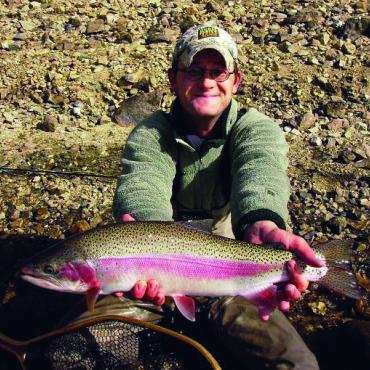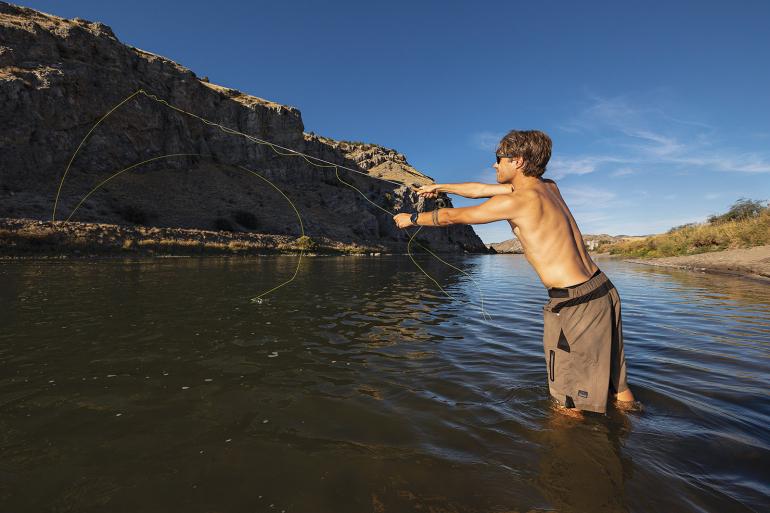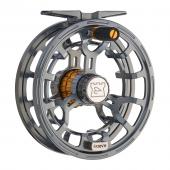Common Casting Mistakes
What you're doing wrong—from a well-seasoned guide.
Many people consider spending 26 years as a fly-fishing guide a fool’s errand. They may be right. However, after a few hours in my boat, I can pinpoint exactly why they suck at fly fishing, and usually other areas of their lives as well. Fool’s errand indeed, but I digress. I have narrowed down most fly-casting struggles into four categories. In my experience, even the most avid angler is guilty of one or more of these faux pas at some point during any fishing endeavor, so pay attention.
Kung Fu Grip
When casting a fly rod, squeezing the handle until your knuckles turn white and your hand goes numb does not increase accuracy, nor does it improve the overall distance of your cast. Gripping a fly rod should be similar to shaking an elderly person’s hand. Your grip should be firm enough to convey respect, but not so firm as to diagnose granny’s level of osteoporosis. Gripping a fly rod too tightly causes a cascade of casting issues and can affect overall fly presentation.
Free-Diver
At no point when fly fishing is it necessary to hold one’s breath. As a matter of fact, fly anglers are normally above the surface of the water, and therefore calm, regulated breathing is encouraged. Think of it this way: calm breathing helps one relax and focus. Proper breathing, and at the proper intervals, can even improve one’s casting rhythm. Inhale on the back cast, pause for a moment, exhale on the forward cast. This simple process slows down the casting stroke and allows the angler to let the rod do most of the casting work.
Goat-Roping Mule-Skinner
Throwing the loop of a lariat or cracking a bull whip requires a lot of wrist movement. Casting a fly rod does not. Often used in conjunction with the Kung Fu Grip, the Goat-Roping Mule-Skinner technique causes an angler to drop the tip of their fly rod way more on their back cast than they should. This “breaking” of the wrist robs the rod of all its flex, leaving the would-be angler trying to shove limp string through the air. A tailing loop often results, as is made apparent by the tell-tale snap of the fly line. This wrist-induced crack can also be the sound of your carefully-tied knots exploding in mid-air. Slow down, let the rod do the work of casting. Your forearm is the powerplant; your elbow, the fulcrum. Your wrist is simply attaching your hand to your arm.
Shadow Caster
Fish live and eat in the water. The water is where the fish are, and that’s where your fly should be as well. While casting a fly rod can be fun, catching fish is much easier if the food you’re trying to imitate is actually in front of the fish. Instead of casting over and over again at the same spot, adjust the angle of your drift. Even if you are not an expert caster, keeping the flies on the water, for as long as possible is a much more effective way to catch fish.
Kurt Dehmer owns Durty Kurty's Guide Service in Bozeman.












